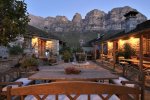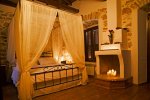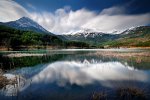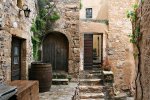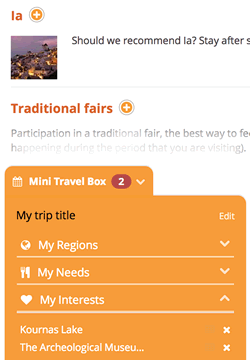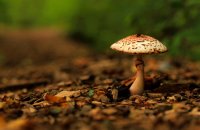
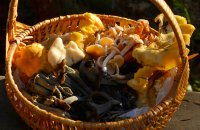
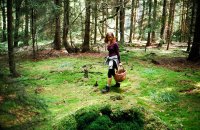
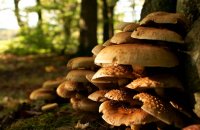
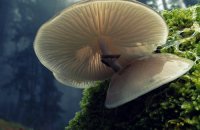
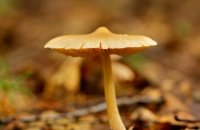
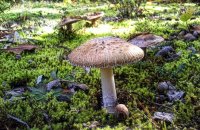
As I don’t watch TV, I was informed about the poisoning cases and the television mushroom-hysteria that followed through posts on facebook or calls from my parents and some old nervous relatives, who were convinced that every day I risk my life and I will make a fatal mistake before long.
I soon understood that TV panelists were struck by the news that in nature exist poisonous organisms! A whole generation which for decades believed that could make whatever they wanted without being punished, discovered that there are rules, whose circumvention can kill. This knowledge is as primordial as the corresponding instinct of food collecting, which goes back to the prehistory of mankind. However, as long as collecting of wild mushrooms was pursuit of some old people in mountainous villages and poisoning referred to aged people, who couldn’t anymore see what they were actually picking, no one seemed to care. Nowadays, this activity became a trend (back to nature and so on) and along with lack of education and our disobedience to the laws and rules of nature, we now see all the television hysteria and ridiculous prohibitive announcements from the ministry.
Let’s start from the beginning. It is widely known that in the three domains of life (yeasts, plants, animals) that nourish man, there are edible and non edible species. Among non edible ones, stand out those with toxic properties, some of which can even cause death. Knowledge about these species has been gained from the prehistory of mankind due to poisoning deaths. Especially in the domain of yeasts are found some particularly poisonous species. The key word in the previous sentence is “some”. This means that even a beginner mushroom collector has to recognise them. In this case, the deadly mushroom, commonly known as the death cap (amanita phalloides) is easily distinguishable from the rest. We don’t pick mushrooms with white volva, white ring and white gills. Villagers since their childhood have been familiarized with 3-4 types of mushrooms and they collect only these. So, in case you are a city resident who doesn’t know what volva means, I recommend to every one of you to read a little about mycology before you start picking wild mushrooms.
Nature demands respect and all of us who collect food from it must follow some rules to ensure its sustainability and our safety. As for mushroom collecting, I quote an extract from the book “Mushrooms- pocket guide” by Giorgos Konstantinidis (President of the Mushroom Friends Association of Greece): “The only rule that generally applies to mushroom collecting is to collect for food only these mushrooms, whose specific characteristics are absolutely familiar to us. Even the slightest doubt is a reason to leave it on the ground. Knowledge of their specific characteristics, experience and careful observation can only guarantee the secure identification of a species”.
What could be safer than knowledge of the habitat? If you know the biotope, then for sure you know some species that grow there. So, collect only these. You can admire and take photos of the rest of them, small, big, white, colourful, tall, short, beautiful, ugly, fragrant, odorless, etc., but pass by them.
Unless you know much about mushrooms and you simply have seen plenty of them on an autumnal walk, don’t fill plastic bags with them. If you are fixated on mushroom collecting, you’d better search for mushroom clubs, groups, parties or individuals who would be happy to meet you and instruct you.
So, pay attention while picking each mushroom, as many mushroom friends associations say: “we love mushrooms, but we love life more. We don’t risk our lives to taste wild mushrooms”.
The article was written by Filaretos Psimenos, a former marketing business executive, who now owns Amanita Guesthouse Pelion in Tsagarada, a hotel offering real gastronomic pleasure. But above all, he is a food collector. The genes of his grandfather, owner of a traditional taverna and his father, who run a grocery motivated him to get involved in the field of limited agricultural production. What also made him devote himself to gastronomy was his own surname, meaning “grilled” in Greek!
Source: bostanistas.gr

